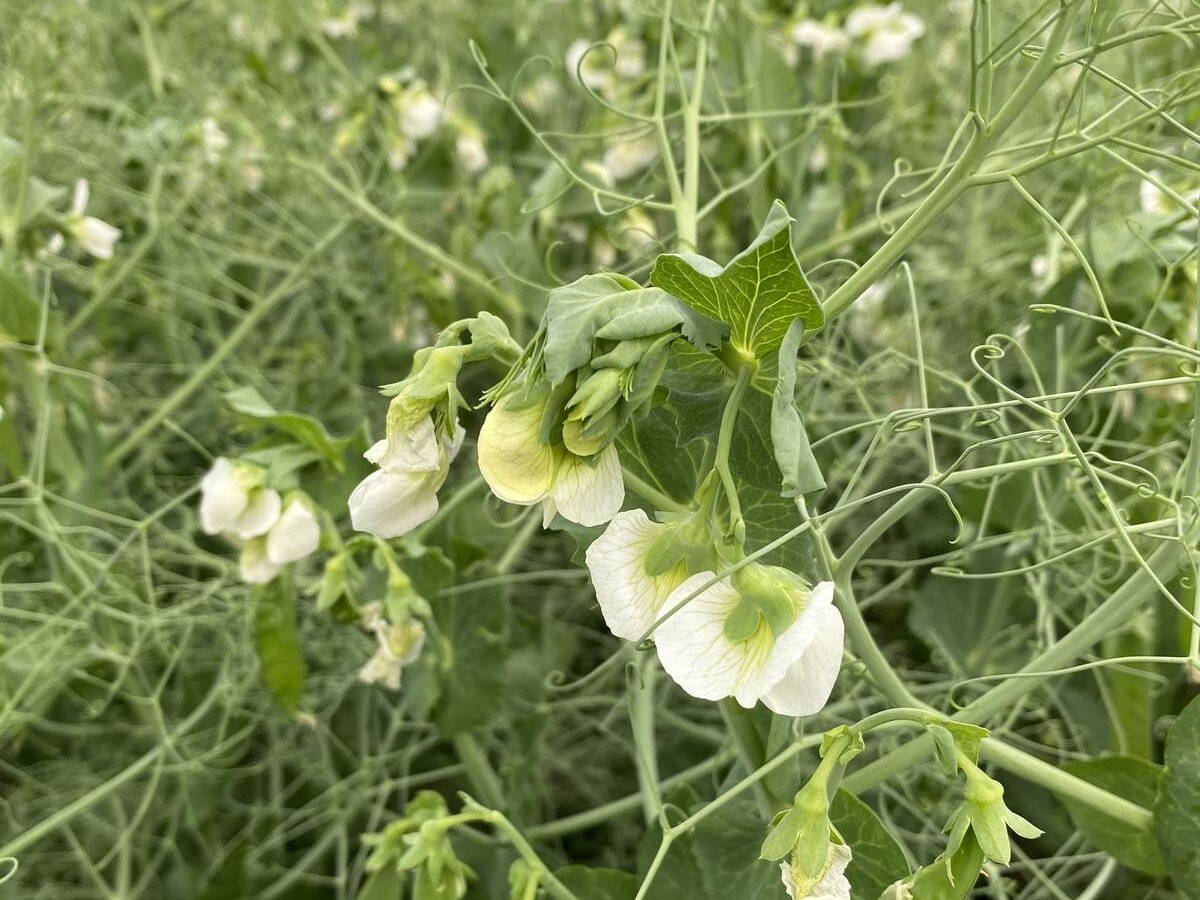SASKATOON — World wheat prices are likely to continue falling as more bumper crops are harvested, says an analyst.
Argus Media estimates that the top eight exporters in the world will harvest a record 421 million tonnes of the crop in 2025-26.
It is forecasting 484 million tonnes of total supply, well above the previous record of 458 million tonnes.
Read Also

India slaps 30 per cent import duty on yellow peas
India has imposed a 30 per cent duty on yellow pea imports with a bill of lading date on or after Nov. 1, 2025.
Why it Matters: The burdensome supply is weighing down prices.
Arthur Portier, senior consultant with Argus Media, said during a recent webinar that the world needs “huge demand” from key importing countries in North Africa, the Middle East and South Asia to offset that bloated supply.
Wheat production in those three regions of the world was 81.3 million tonnes this year, down about 10 million tonnes from last year.
Argus expects 57 million tonnes of imports from the three regions, up from 45 million tonnes last year, but that won’t be enough to compensate for the massive increase in supply, which means ending stocks will rise.
It is forecasting a combined 75 million tonnes of carryout for the top eight exporters, up from 63 million tonnes last year and the highest level since 2017-18.
French and Russian wheat prices fell below US$200 per tonne in both 2016-17 and 2017-18, two years with the same carryout level as what is anticipated this year. They dropped as low as $175 per tonne those two years.
Portier doesn’t think they are headed that low due to inflation and heightened risk premiums, but they could fall to $200.
French soft wheat growers are having a tough go of it lately due to geopolitical tensions.
In July 2024, French president Emmanuel Macron backed Morocco in its dispute with Algeria over which nation controls Western Sahara.
Algeria used to account for about 50 per cent of France’s wheat exports outside of the European Union. It would often purchase three to six million tonnes per year.
That fell to nothing in 2024-25, and Argus expects it to be zero again in 2025-26.
“It was one political decision that reshuffled all the cards and disrupted trade flow around the world,” said Portier.
It led to a 10 to 20 euro per tonne drop in France’s wheat prices.
France still services markets such as Morocco, sub-Saharan Africa and Egypt, but it is expected to face stiff competition in Morocco from Argentina in the coming weeks.
Argentina has a great crop on the way and is likely to have a record supply of 27.3 million tonnes.
Australia is also looking at a bumper crop. Argus is forecasting 43.5 million tonnes of supply in that country, which would be close to the record of 44 million tonnes set in 2022-23.
“When many origins are in competition, usually it limits the bullish potential of the international market,” said Portier.
Russia’s production is pegged at 88.4 million tonnes, up 7.1 million tonnes from last year.
The entire increase happened in the Central and Volga regions of the country, which are located far from the Black Sea ports.
That created logistical problems that limited exports at the beginning of the 2025-26 crop year, providing France with an opportunity to gain some market share.
However, a lot of Russian wheat will be hitting the market in the coming weeks, which will further pressure prices.
That is not good news for French farmers, who are already losing money on the crop. Their cost of production is about 200 euros per tonne, while the current sale price is around 165.
And it looks like more of the same for next year.
Argus is forecasting 401 million tonnes of production in 2026-27 from the big eight exporters, assuming trendline yields.
That would be a 20 million tonne drop from this year, but total supply would be almost identical due to the higher carry-in.
Ending stocks are forecast at 72 million tonnes, which would be another burdensome amount.
















